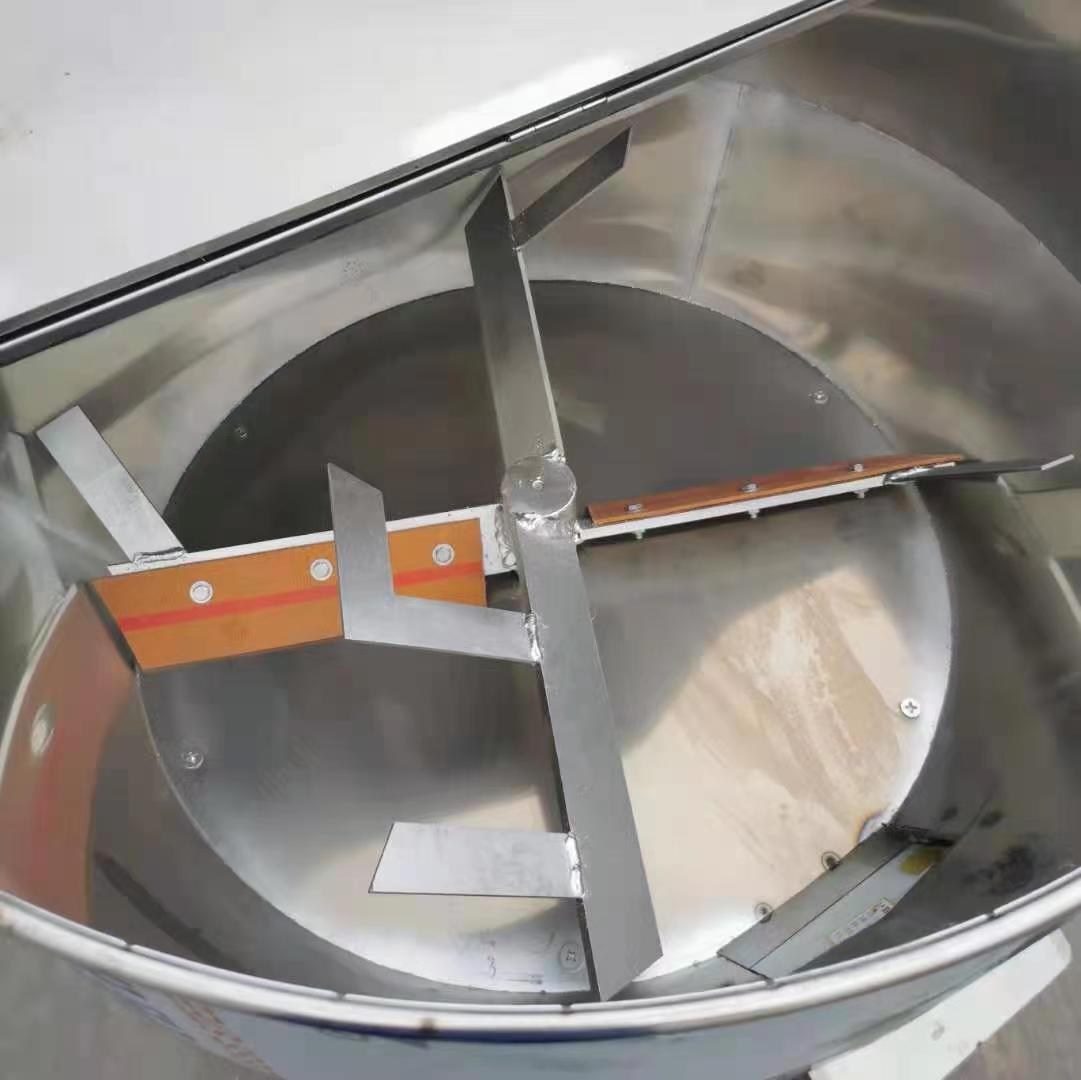Effective Evaporative Cooling Pads for Enhancing Greenhouse Climate Control and Plant Growth
Dec . 05, 2024 14:38 Back to list
Effective Evaporative Cooling Pads for Enhancing Greenhouse Climate Control and Plant Growth
Evaporative Cooling Pads for Greenhouses A Sustainable Solution for Temperature Control
As climate change continues to affect global weather patterns, maintaining optimal conditions in greenhouses has become increasingly important for agricultural productivity. One innovative and effective method for cooling greenhouses is the use of evaporative cooling pads. These pads leverage the natural process of evaporation to lower temperatures, creating a more favorable environment for plants. This article explores the benefits, functioning, and best practices related to evaporative cooling pads in greenhouse applications.
Understanding Evaporative Cooling
Evaporative cooling is based on the principle that water absorbs heat when it evaporates. This process requires energy, which draws heat away from the surrounding environment, resulting in a cooler atmosphere. In greenhouses, this cooling effect can be harnessed to combat the heat that often builds up due to sunlight exposure. Evaporative cooling pads are typically made of materials that allow water to pass through and evaporate, such as cellulose, synthetic fibers, or other absorbent substances.
Benefits of Using Evaporative Cooling Pads
1. Energy Efficiency One of the primary advantages of evaporative cooling pads is their energy efficiency. Compared to traditional air conditioning systems, which can be costly to install and operate, evaporative cooling pads require significantly less energy, making them an environmentally friendly option.
2. Cost-Effective The initial investment and maintenance costs for evaporative cooling systems are generally lower than those for conventional cooling methods. Once installed, the operating expenses remain low, reducing overall costs for greenhouse owners.
3. Enhanced Plant Growth Maintaining optimal temperatures is crucial for the growth of many plants. High temperatures can stress plants, leading to reduced yields or inferior quality. Evaporative cooling pads create a stable environment that helps plants thrive, ultimately benefiting the overall harvest.
4. Humidity Regulation In addition to cooling, these pads can help regulate humidity levels within the greenhouse. By maintaining the right balance of moisture in the air, they can promote healthier plant growth and reduce the risk of diseases that thrive in overly humid conditions.
evaporative cooling pad for greenhouse

5. Environmentally Friendly Evaporative cooling uses water, a natural resource, rather than refrigerants or chemicals found in traditional cooling systems. This makes it a more sustainable choice for greenhouse operations.
How Evaporative Cooling Pads Work
The installation of evaporative cooling pads involves setting up a water delivery system and ensuring adequate airflow through the greenhouse. Water is pumped to the top of the pads, which are positioned along one side of the greenhouse. Gravity allows the water to flow down through the pads, where it is absorbed and begins to evaporate. As the water evaporates, it cools the air that passes through the pads, and this cool air is then distributed throughout the greenhouse, effectively lowering the internal temperature.
To maximize the cooling effect, it is essential to ensure that there is adequate ventilation within the greenhouse. This can be achieved through strategically placed exhaust fans and vents that facilitate airflow. Additionally, regular maintenance of the cooling pads is crucial. This includes cleaning the pads to prevent algae or mineral buildup, which can impede their effectiveness.
Considerations for Implementation
When considering the use of evaporative cooling pads, it's important to evaluate factors such as local climate conditions, water availability, and specific crop requirements. Regions with high temperatures and low humidity are particularly well-suited to this cooling method, as the evaporative process is most effective under these conditions.
Moreover, greenhouse owners should be aware of the potential increase in humidity levels caused by the cooling pads. While this can benefit some crops, it may not be suitable for others, particularly those that prefer drier conditions. Therefore, careful monitoring and adjustment of humidity levels are essential for successful implementation.
Conclusion
Evaporative cooling pads represent a sustainable and effective solution for controlling temperatures in greenhouses. By using the natural process of evaporation, they provide numerous benefits, including energy efficiency, cost-effectiveness, and enhanced plant growth. With proper planning, implementation, and maintenance, greenhouse owners can leverage this innovative cooling method to create a more favorable environment for their crops, ultimately leading to successful agricultural production. As the push for sustainable farming practices continues, evaporative cooling pads may well become a standard feature in modern greenhouses around the world.
-
Automatic Feeding Line System-Pan Feeder Nipple Drinker|Anping County Yize Metal Products Co., Ltd.
NewsJul.29,2025
-
Hot Sale 24 & 18 Door Rabbit Cages - Premium Breeding Solutions
NewsJul.25,2025
-
Automatic Feeding Line System Pan Feeder Nipple Drinker - Anping County Yize Metal Products Co., Ltd.
NewsJul.21,2025
-
Automatic Feeding Line System Pan Feeder Nipple Drinker - Anping County Yize Metal Products Co., Ltd.
NewsJul.21,2025
-
Automatic Feeding Line System - Anping Yize | Precision & Nipple
NewsJul.21,2025
-
Automatic Feeding Line System - Anping Yize | Precision & Nipple
NewsJul.21,2025






